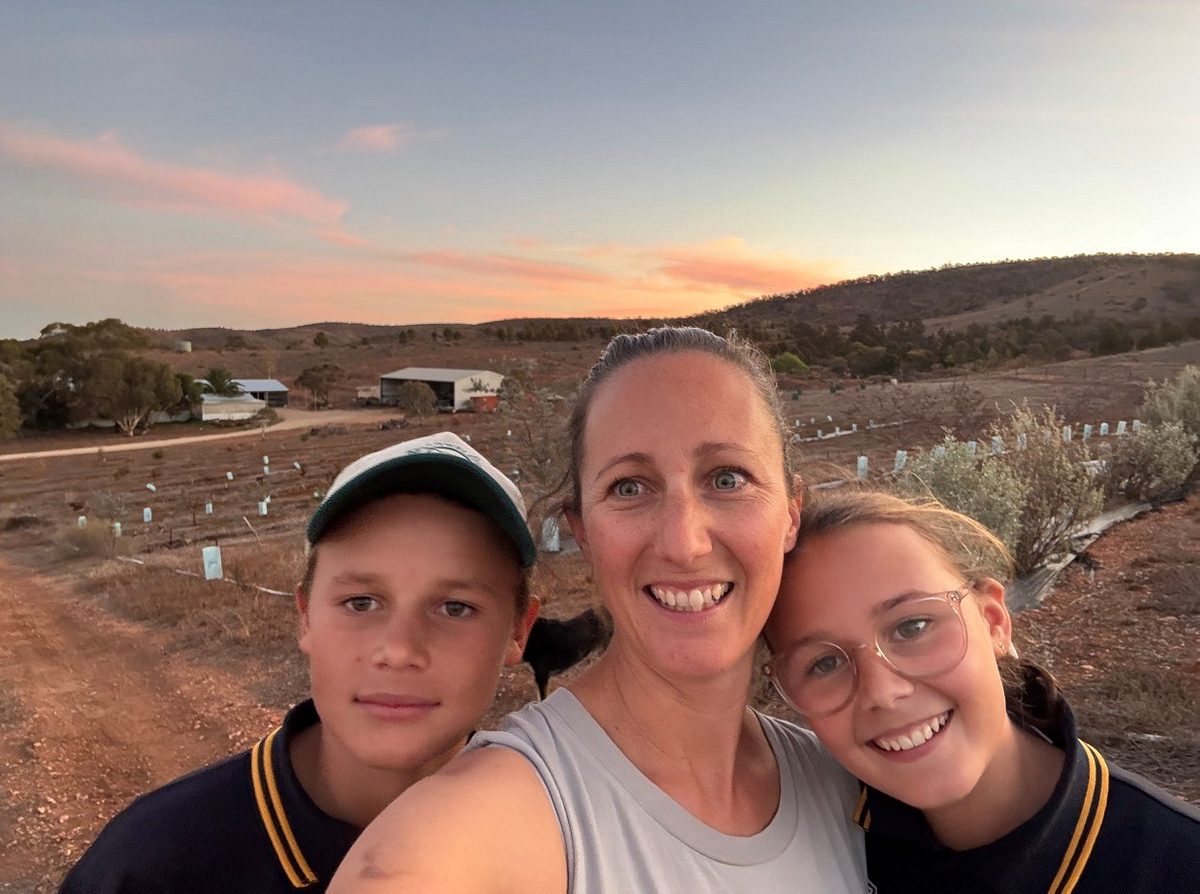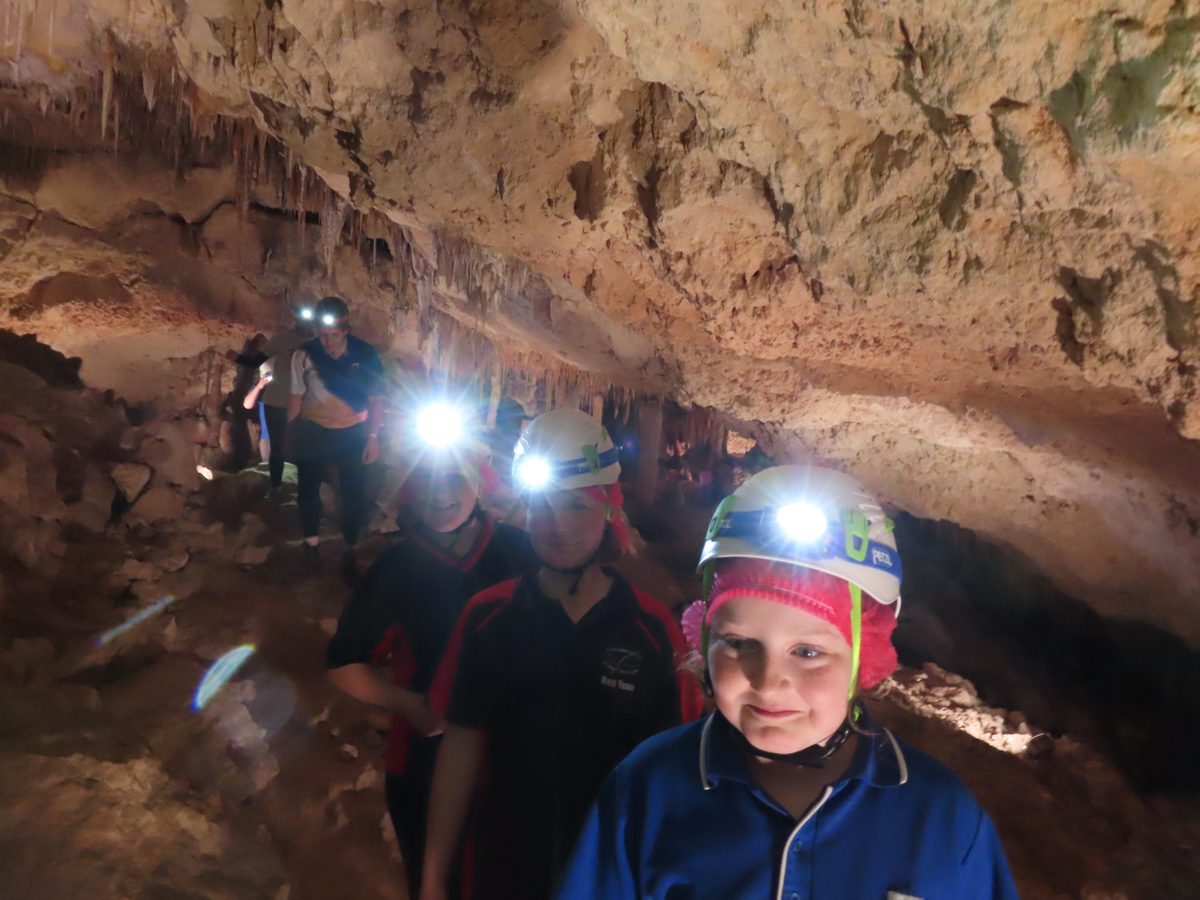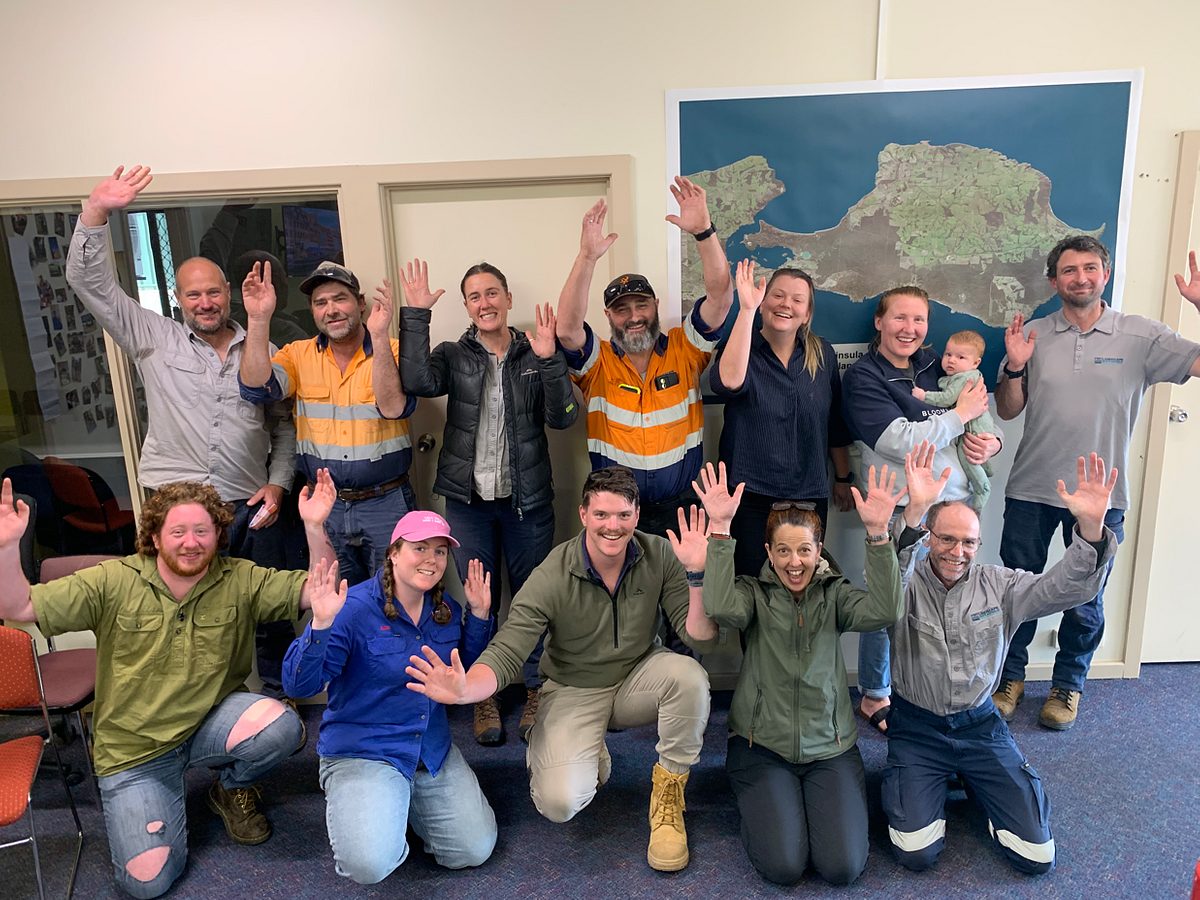Drone regulations for national parks
Drones have been added to the new National Parks and Wildlife Regulations 2016 as a remote control aircraft that cannot be flown in a national park without a permit.
Drones have been added to the new National Parks and Wildlife Regulations 2016 as a remote control aircraft that cannot be flown in a national park without a permit.
Natural Resources Kangaroo Island’s Manager Parks and Sustainable Landscapes Robert Ellis said there has been an increase in the use of drones in parks in the past year or so.
“We have received several reports of drones being flown in parks, especially on Kangaroo Island and Eyre Peninsula” Mr Ellis said.
“This increase in drone use is a result of changing technology, affordability of the devices and the desire to film and photograph native fauna in their natural environment.
“Flying a drone or any remotely piloted aircraft in a park poses a very real hazard to native fauna, especially our nesting threatened coastal raptors like the white-bellied sea eagle and eastern osprey.
“If these birds are disturbed they may not return to their nests, resulting in the death of their chicks.
“Drones are also a potential nuisance because they impact on the privacy and enjoyment of visitors.
“It is therefore vital that we are able to regulate the use of drones in parks to protect our native fauna as well as the community.”
Anyone wishing to film in a park using a drone must apply to DEWNR for a drone permit in addition to the usual commercial photography permit.
For information on applying for filming and photography permits, please visit http://www.environment.sa.gov.au/licences-and-permits/filming-photography



